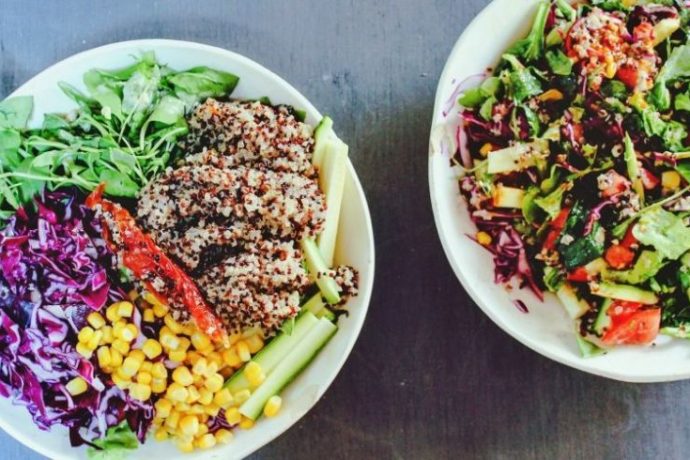Today finding weight loss plans is not an issue. One search on the internet can inundate you with options. In fact the choices are so many that it can confuse anyone looking for a specific diet like a feasible vegetarian meal plan that is tasty and healthy too and at the same time helps you achieve your weight loss goals.
People wish to lose weight not only for cosmetic reasons. Being overweight can invite a host of health issues – one of the most distressing of which is sleep apnea. It has been observed that more than half of sleep apnea patients are overweight. Moreover, a mere 10% reduction in weight can result in a 14 to 26% reduction of incidences of sleep apnea!
So if you are looking for a meal plan which is tasty, nutritious and offers variety at the same time, it is not necessary that you would have to depend on animal protein. It is perfectly possible to create a vegetarian meal plan that can benefit you, if you are particularly keen to tackle your sleep apnea problem through weight loss.
Why a vegetarian meal plan for weight loss? The primary reason why this option is important is that there is a growing trend throughout the world where staunch non-vegetarians now prefer to go vegetarian in their dietary habits. Therefore, as a weight watcher, you might be interested in looking at vegetarian options rather than solely depend on animal protein for nutrition. There is no shortage of valuable nutrition in a vegetarian plan – if only you know how to design the plan and what specific vegetables can add variety to your diet as well as make it interesting.
Here are some important features of this type of plan:
- To prepare a vegetarian meal plan requires the following: prior planning; knowledge of macronutrients as well as vitamins and minerals contained in the chosen vegetables. It is important to include adequate quantities of protein, calcium, iron, vitamin B and riboflavin in your meal plan.
- While creating your own vegetarian plan it is important to remember that no single vegetable can carry all the eight essential amino acids that you get in non-vegetarian food. Animal protein is usually a complex protein but not all such proteins have a good amino acid balance in them. Therefore, you need to combine a variety of vegetables to create nutritious and balanced meal.
- You can design the main course of a vegetarian meal plan in two ways: combine egg protein or milk products with grains or combine grain products with nuts, dried beans or dried peas.
- If you are under the impression that a typical vegetarian plan usually turns out to be boring, think again. There are various types of vegetarian ingredient substitutions which bring in the much-desired variety in a veggie meal plan. For example, replace meat with Portobello mushrooms, eggplant or dried beans. Tofu could also bring some amount variety in your meals. In case you are missing meat broth, replace it comfortably with vegetable stock, garlic broth or water with a pinch of soy sauce added to it.
- Soy or nut cheese can be used if you are trying to reduce the intake of dairy products. In fact, several tasty vegetarian meal plans can be made by using oat, rice, soy or almond milk.
Hopefully, the above ideas can benefit you when you are trying to lose weight to tackle your sleep apnea problems with the help of a vegetarian meal plan.






